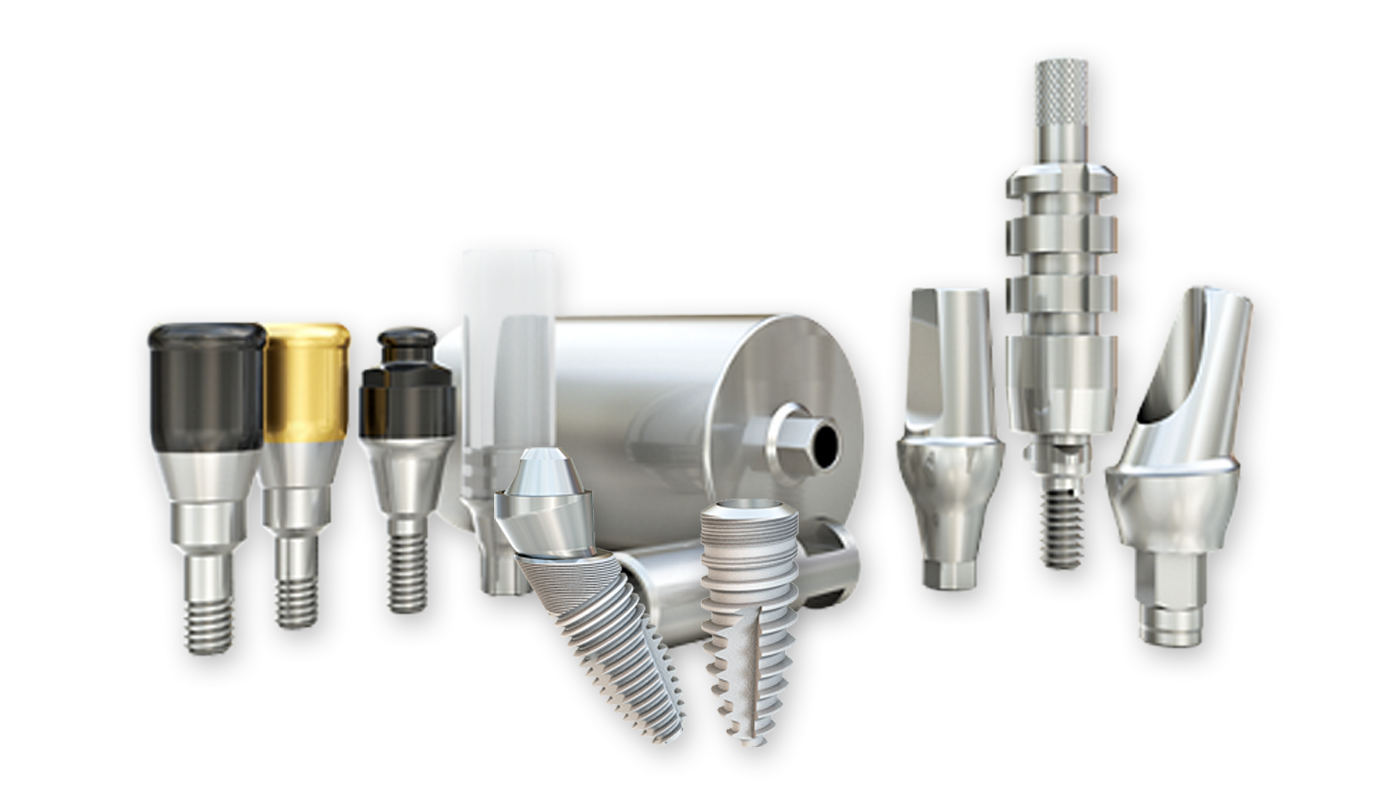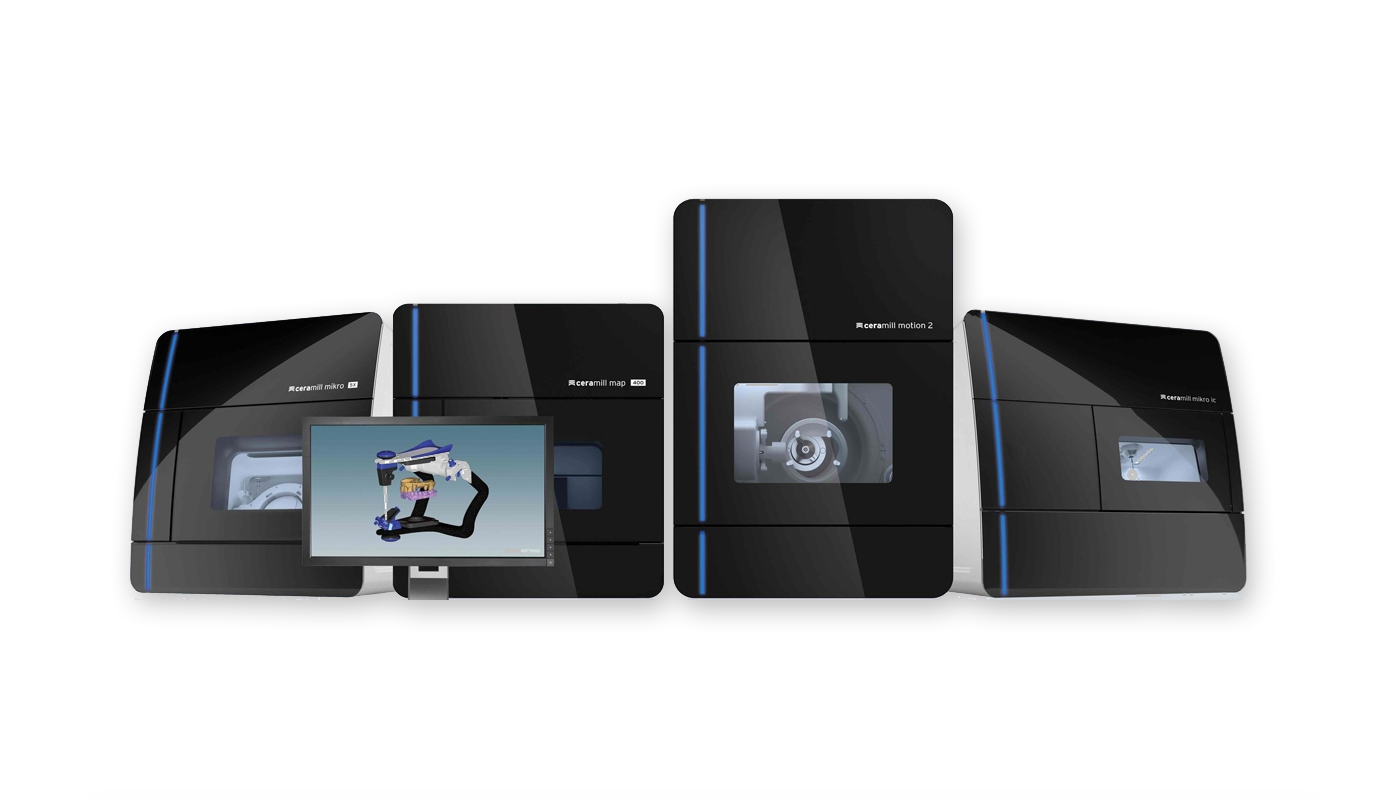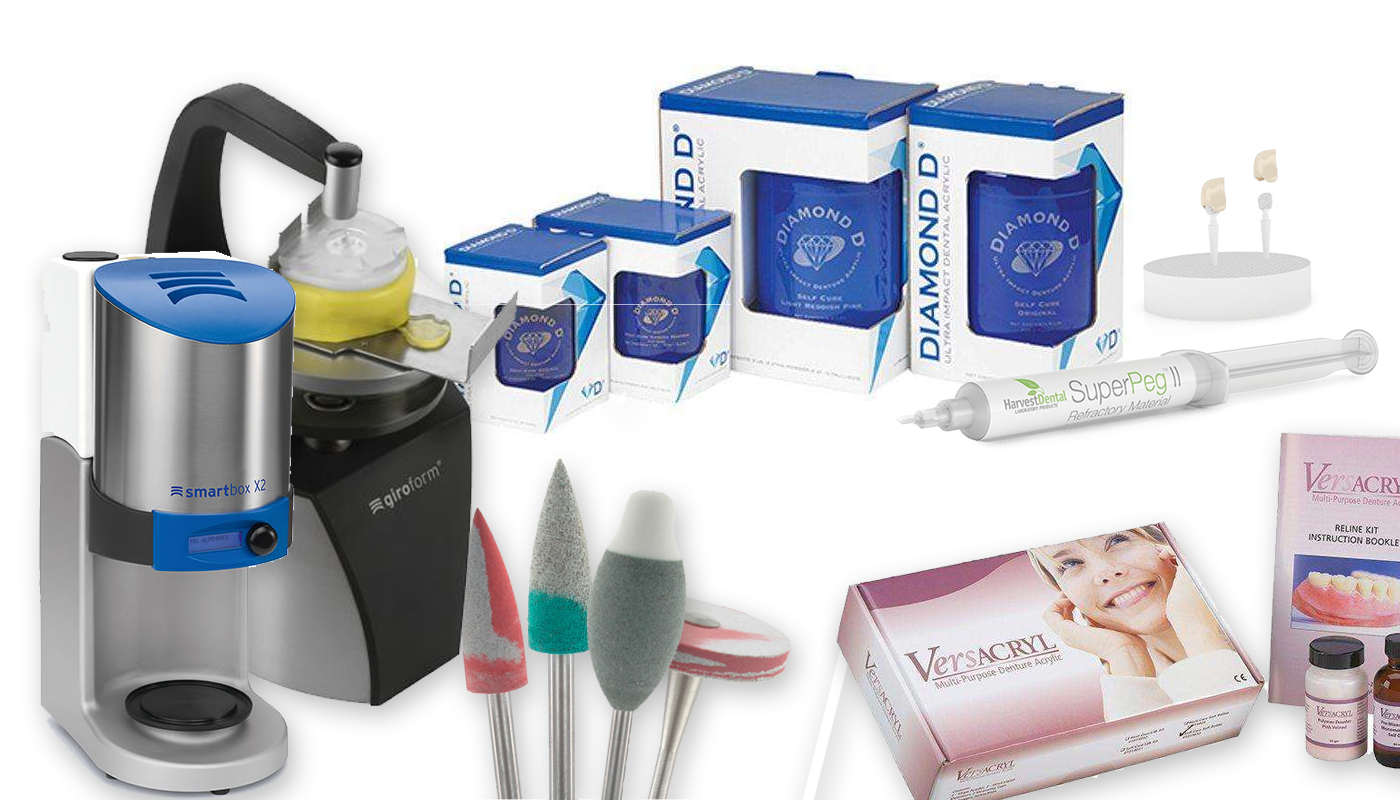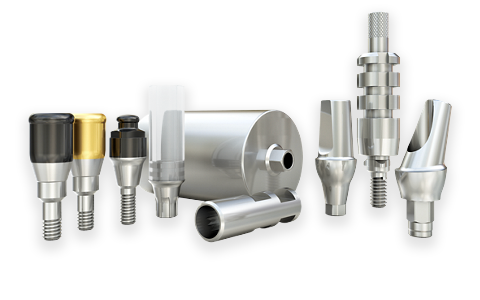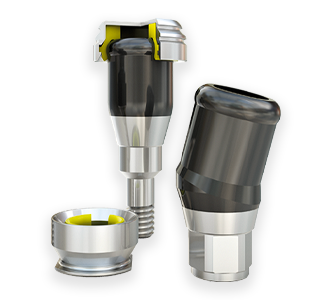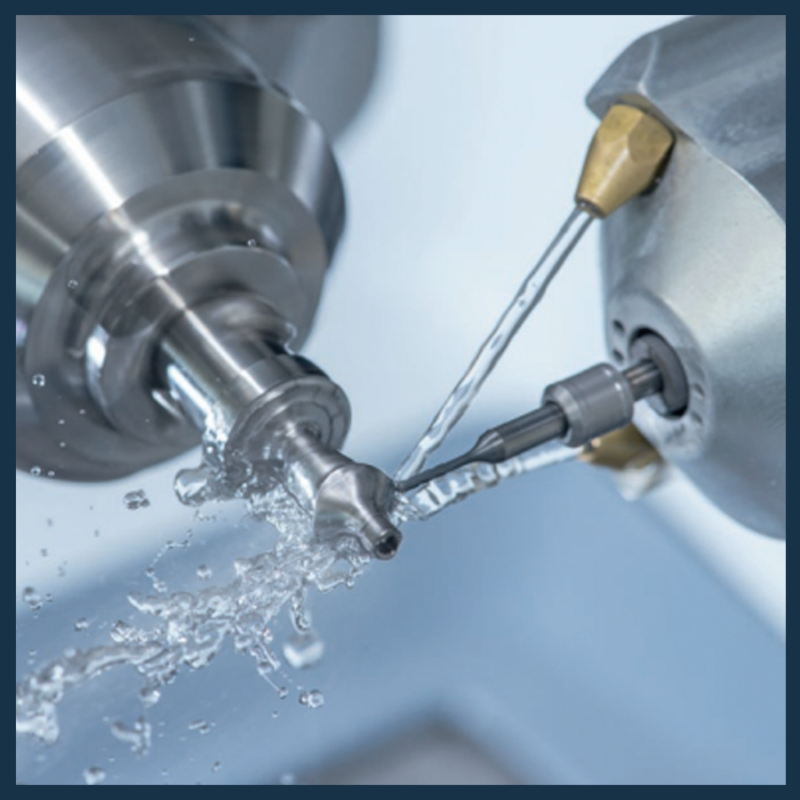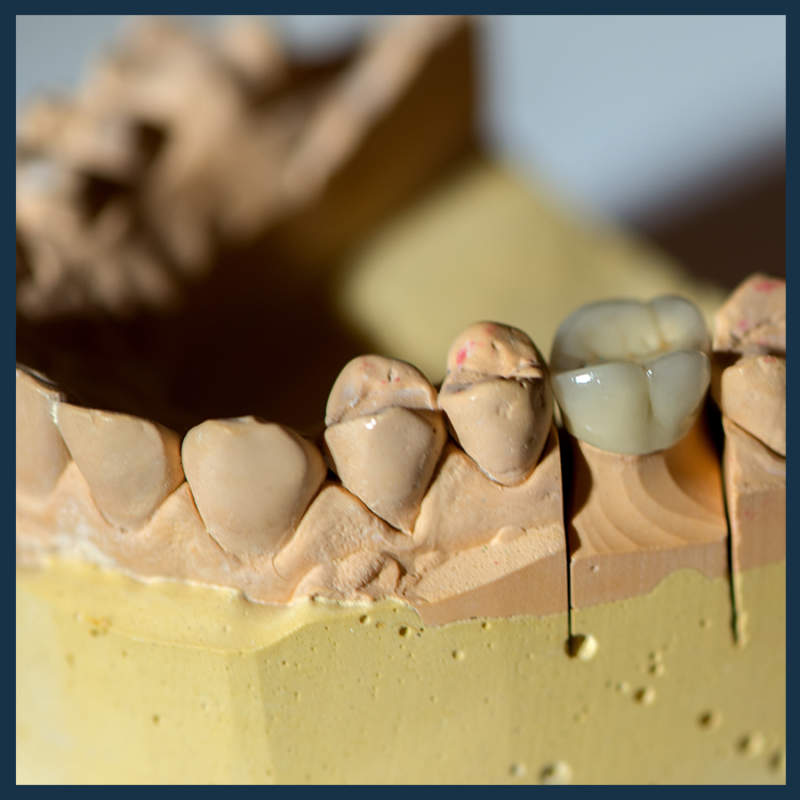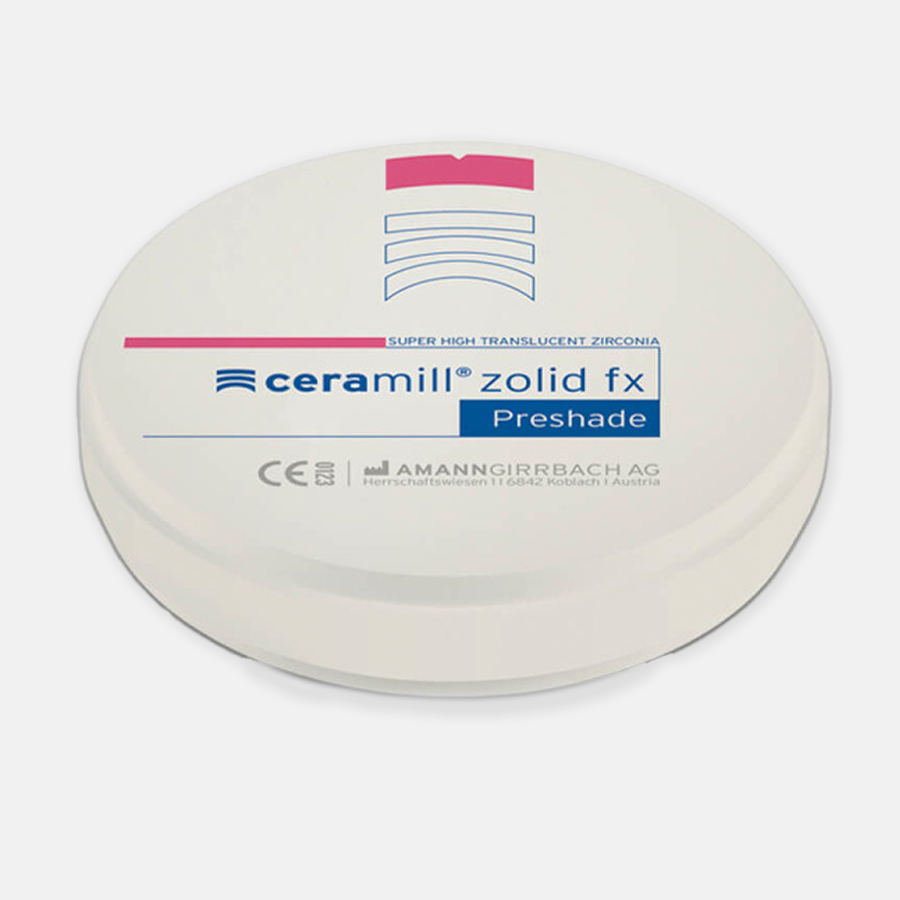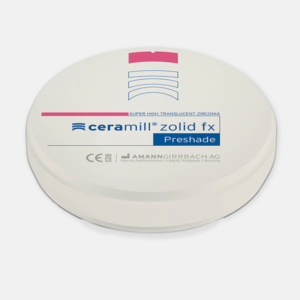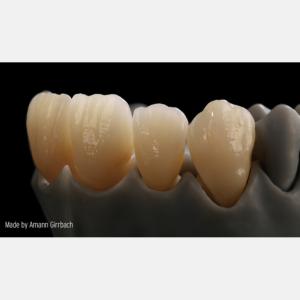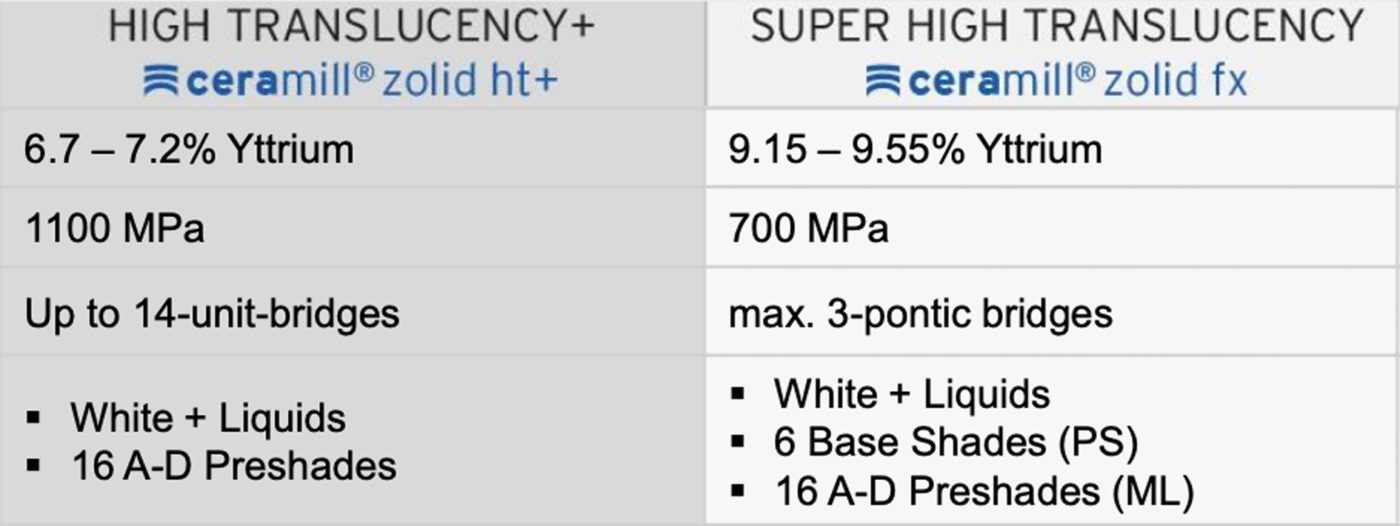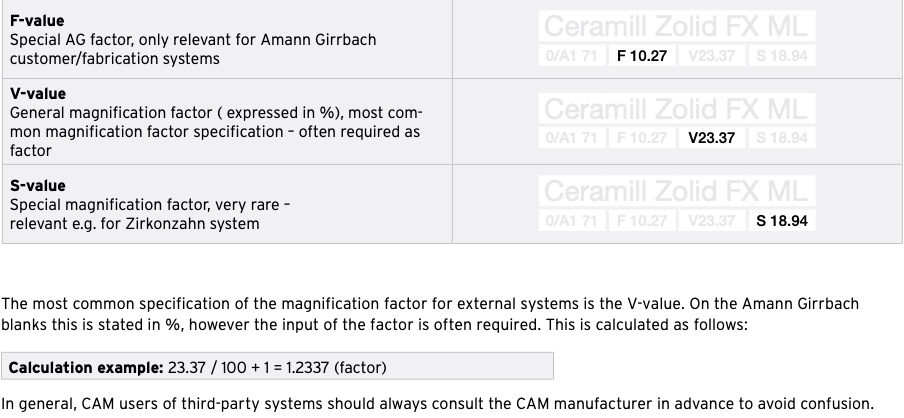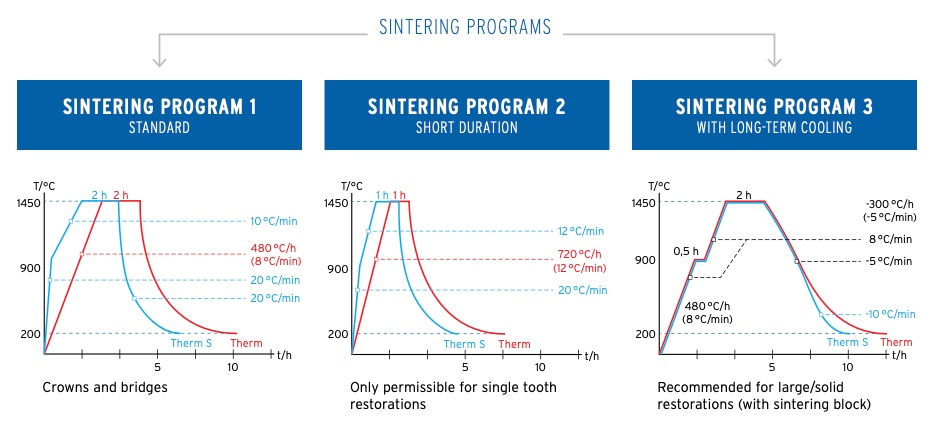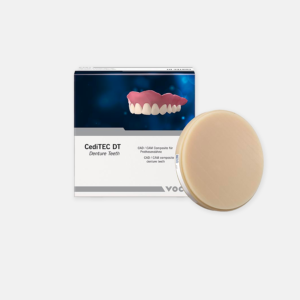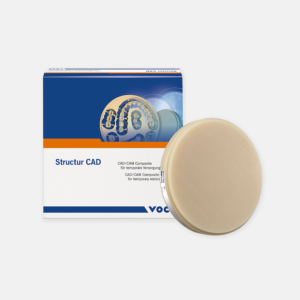AG Zolid FX Preshade (SHT)
$179.00 – $199.00
Zolid FX Preshades are pre-stained, super high translucent zirconia blanks for monolithic or anatomically reduced anterior restorations and up to 3-unit bridges in the molar region.
- Flexural strength 700 Mpa
- Super high translucency
14mm
16mm
20mm
Bleach
$179.00
$189.00
$199.00
A light
$179.00
$189.00
$199.00
A Medium
$179.00
$189.00
$199.00
B light
$179.00
$189.00
$199.00
C light
$179.00
$189.00
$199.00
D light
$179.00
$189.00
$199.00

